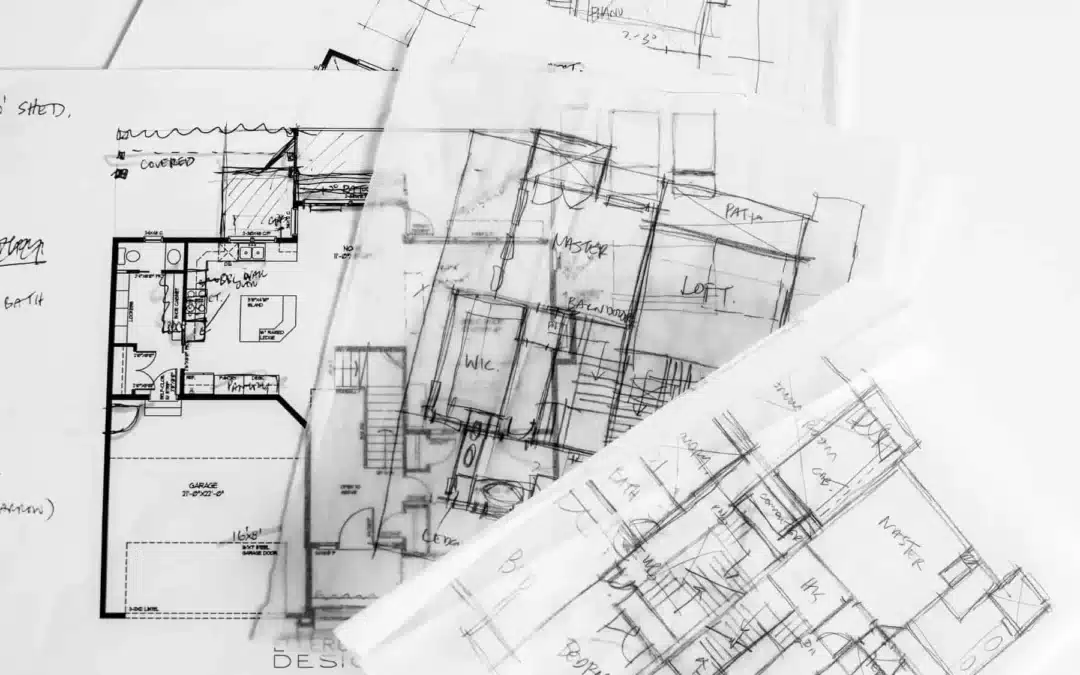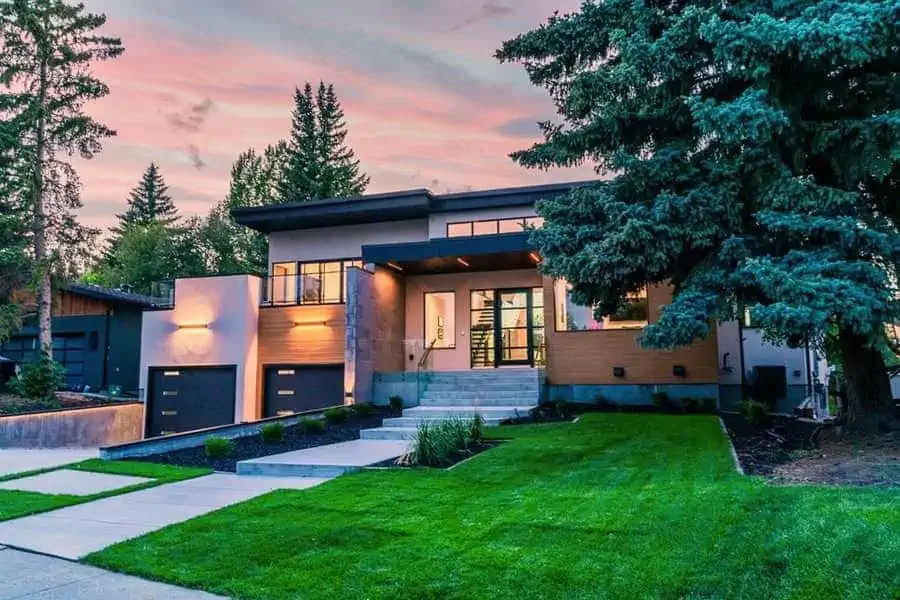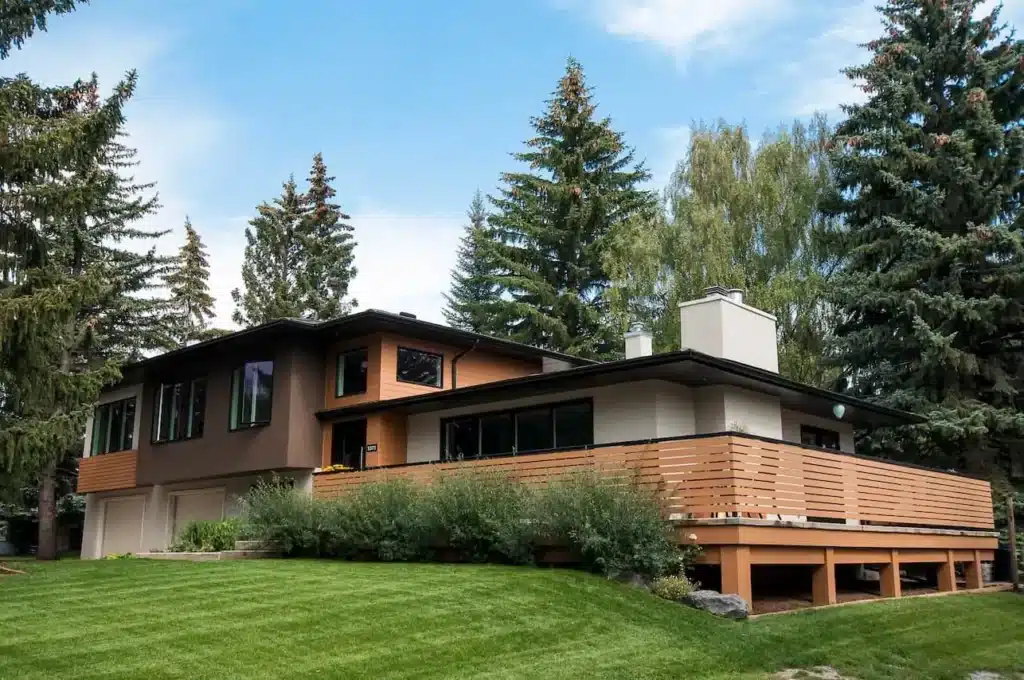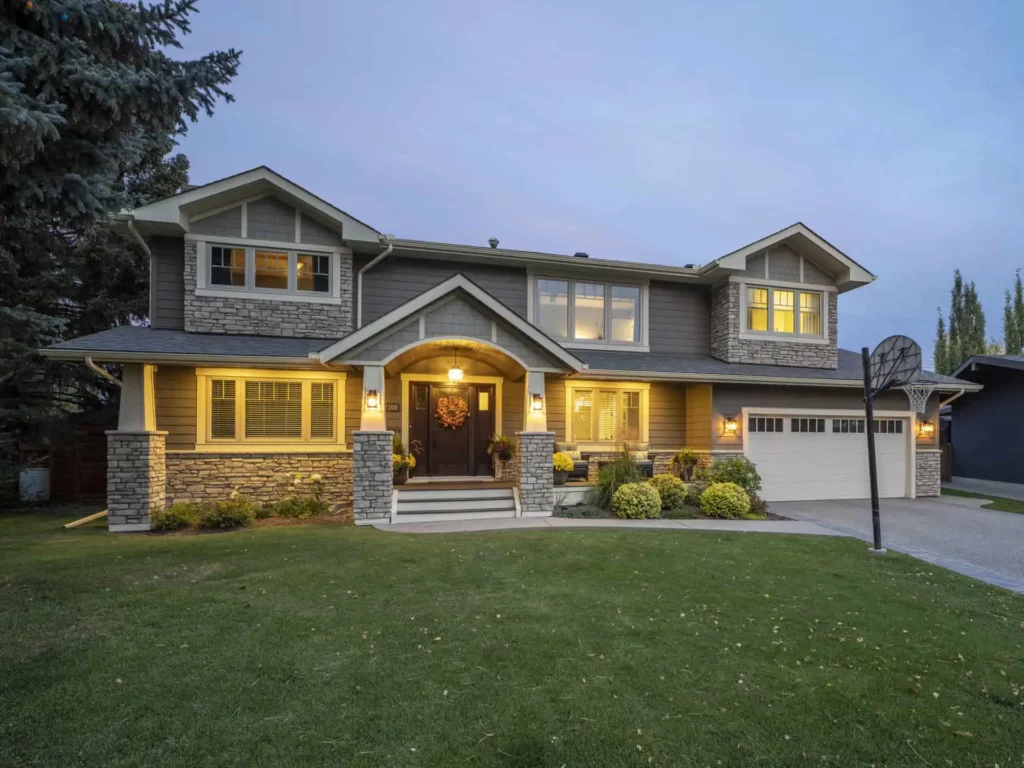Certain assumptions about custom home design prevent many Calgarians from even considering the possibility. The process is expensive, right? It’s only worth designing a custom home when you’re on a big lot and can have a big home, no?
Many of the myths surrounding custom home design are totally false. It can be a rewarding and reasonably priced process leading to living in a beautiful home that meets your needs.
So, let’s break down five common home design myths.
Myth #1: Custom Home Design Is Always Expensive
Assumption: The most persistent myth about custom home design is that it’s prohibitively expensive. What this ignores is that numerous factors play into the cost of a custom home design and that each can impact the cost.
Reality: It’s simply untrue to say that custom home design always equates to being expensive when, in fact, the cost will almost always depend entirely on your wants and needs.
At Ellergodt Design, we’ve designed custom homes on large acreages, but we’ve also designed smaller houses on lots in Calgary’s core. In each case, there are a number of factors that impact the cost, such as:
- Size of the custom home: Square footage isn’t the only factor affecting how much you pay for a custom home design. However, it’s often true that larger homes can often cost more. The number of bedrooms, bathrooms, and auxiliary buildings like detached garages or guest houses can also drive up the price.
- Complexity: The more complex the home design, the more it will inevitably cost. This is true for inner-city homes and acreages alike, and features like vaulted ceilings and wine cellars can require more time and expertise during the design phase. Simplifying design is a great way to keep down costs when working with a tighter budget.
- Location: For inner-city homes, space limitations can require creativity in design and permit complexities, adding time and cost. For acreage properties, meanwhile, there is generally more flexibility, but factors like weather and land features need to be accounted for.
Simplifying design and communicating expectations clearly can go a long way toward limiting high costs when designing a custom home. Despite the prevailing myth, there are ways to design a home in your budget.
Myth #2: Bigger Homes Are Always Better
Assumption: The more space you have in your home, the better it meets your lifestyle needs.
Reality: The idea of custom home design is to create a home that is right for you and your family. That doesn’t always mean trying to design the biggest home possible.
Our team has designed homes large and small, and the goal is always to create a beautiful home that meets our clients’ needs. That doesn’t always mean designing a huge residence, especially if you’re looking at a property in the core of Calgary.
Instead, custom home design aims to incorporate the features a client needs or wants most in their dream home. A couple living close to downtown Calgary without kids has different needs than a multi-generational family. A client with an inner-city lot may want a smaller house with more backyard space, while a client with an acreage could be looking to design something bigger that takes advantage of the open space on their property.
There’s no one answer, but the beauty of custom home design is it can meet the needs and requirements of any client, regardless of how big the home is going to be.
Myth #3: Following Trends Is Always a Good Idea
Assumption: Incorporating trends into your custom home design will ensure you get a home you love. After all, what’s trendy now will still be trendy in the future, right?
Reality: Scrolling through Instagram, TikTok, or Pinterest can be a great way of finding inspiration for home design. Seeing what other people have done with their homes is fun and gets you dreaming about what your custom home might look like.
But just because something is trendy on social media, that doesn’t mean it’s going to be right for your home. Trends come and go, and it can be expensive to reconsider design elements once they become unpopular or out of fashion.
This is where working with a custom home designer is so helpful. They can challenge perspectives on what is important when designing a home and provide tried-and-trusted advice about what’s practical and will meet your family’s needs.
Myth #4: You Sacrifice Privacy with Inner-City Homes
Assumption: Designing in Calgary’s core means you won’t get the feeling of separation and privacy you want for your family.
Reality: This common myth about custom home design is easy enough to work around. It just takes a little bit more thought and creativity. It’s true that when compared to, say, an acreage, there is less space on properties in the city’s core. You’re closer to your neighbours, but that doesn’t necessarily mean you lose complete privacy.
Custom home design takes privacy into account. The orientation of a home on a property can create a sense of separation from neighbours and including components like a garage can help create private outdoor spaces.
One of the great advantages of working with a custom home designer is that we can make the most of your property—and that’s true whether it’s in the core of Calgary or a secluded, rural area outside of the city.
Myth #5: The Custom Home Design Process Takes Too Long
Assumption: Going through the process of designing a custom home adds too much time to the overall process. Choosing an existing home or stock house plan will be much faster.
Reality: While designing a custom home takes longer than purchasing a home that’s currently on the market, the process is generally much shorter than many people assume. Plus, choosing a stock house plan or existing home means compromising on features or, in some cases, seeking renovations, which require design plans anyway.
There are a few different phases in designing a custom home:
- The discovery phase: This normally takes around 2 weeks and is where you meet with your designer to outline your vision, go over the responses to our Design Questionnaire, and articulate your wants and needs.
- The design and develop phase: This generally lasts around three months and is when the custom home designer takes the information and criteria from the discovery phase and designs your new home using 3D design software.
- The permit approval phase: Development permits for custom homes generally take about 3 months, while building permits can take around one month. Those timelines are slightly longer for multi-unit homes, but a custom home designer will help clients work through this phase as they seek approval from the City of Calgary to proceed.
Bring Your Dream Home to Life with Ellergodt Design
Many Calgarians have preconceived notions about why getting a custom home designed isn’t for them, but when they learn a little more about the process, they’ll see that the myths holding them back aren’t necessarily true.
At Ellergodt Design, we have over 21 years of experience designing homes of all sizes on both rural and urban properties and on many different budgets.
We’re committed to making your dream home a reality. Use our contact form or call us at (587)875-5621 to begin your journey.




